I just suppressed the urge to insert the word ’countdown’ into the headline. See what I’m doing here? We have four more polls by Allensbach and Forsa (published on Tuesday), and by FGW and GMS (published on Thursday), and presumably, these are the last that we are going to see before election day. Do they change the story?
First, let’s note that FGW has the very latest data: they interviewed on Wednesday and Thursday and published the results immediately. A very short fieldwork period raises issues of representativeness, but they have been in the business for about 40 years now, so let us assume they know what they are doing, shall we? Second, unlike most pollsters, FGW always publishes both raw (but presumably weighted) data (what they call the political mood) and estimates that take into account party identification and other long-term factors (their ’projection’). So far, I have always used the former, but we have reached the point where the forecast becomes the nowcast, and so the only thing we get this time is their projection, which I treat like if they were raw data, using last week numbers of undecided and non-voters (both not very realistic, I suppose).
GSM was in the field from Thursday last week until Wednesday, but because I peg every poll to the mid-point of their fieldwork, their data are three days older than FGW’s for modelling purposes. Things get bit confusing then: Forsa were in the field from September 11 to September 15, and Allensbach even from September 6 to September 14, but then sat on their data. So their findings came out on Tuesday but are less recent than the Insa poll I talked about last time round. In other words: By putting this information in the model, I’m adjusting our estimate of where public opinion was a week ago, which then feeds into my guess where it is right now (or rather where it was two days ago). It’s a good thing that this is almost over.
Countdown
Ok, I succumbed. Couldn’t resist. etc.
The CDU/CSU maintain their lead
Support for the Christian Democrats has further declined. The last estimate is 35 per cent [34-37], which would be six points less than in 2013. But the Social Democrats are down, too. The estimate for their current level of support is 22 per cent [21-23], so the CDU/CSU’s lead is still 14 points [12-16].
The FDP bounce remains elusive, and the Greens are weak
If there is a last-minute rush towards the FDP, it’s not reflected in the polls. But the party (not currently in parliament) is doing well, and much better than a few months ago when it was far from certain that they would return to federal politics. Estimated support for them is 9 per cent[9-10], which puts them ever so slightly ahead of the Greens (8 per cent [7-9].
Is the AfD finally pulling ahead of the Left?
After going to great lengths to explain why the race for 3rd place is irrelevant and how the Left is better positioned to win it anyway, the AfD is finally pulling (or rather inching) ahead. The final estimate for their current support is 11 per cent [10-12] (which would be a far cry from the levels of support they enjoyed in 2016), while the Left is put at 10 per cent [9-10]. With the four new polls factored in, the chance of the AfD coming third is now a whopping 96 per cent. The size of their likely lead is a single point [0-2.4].
Overall estimates and coalitions
I (and the pollsters) have been embarrassingly wrong before, but it seems almost impossible that we are not heading for a six-party parliament. It’s also quite clear that there will be no SPD-lead coalition government (unless the SPD could somehow persuade the Greens, the FDP, and the Left to work with them, and even that might not be sufficient). Unless there is a last-minute bounce for the FDP or the Christian Democrats that does not affect the other party (i.e. a shift from the radical to the moderate right), there will be no centre-right government
The two most likely outcomes remain a continuation of the Grand Coalition (not necessarily in the best interest of the SPD), or a Jamaica coalition (if the FDP and the CSU and the Greens can work together). Interesting times ahead.
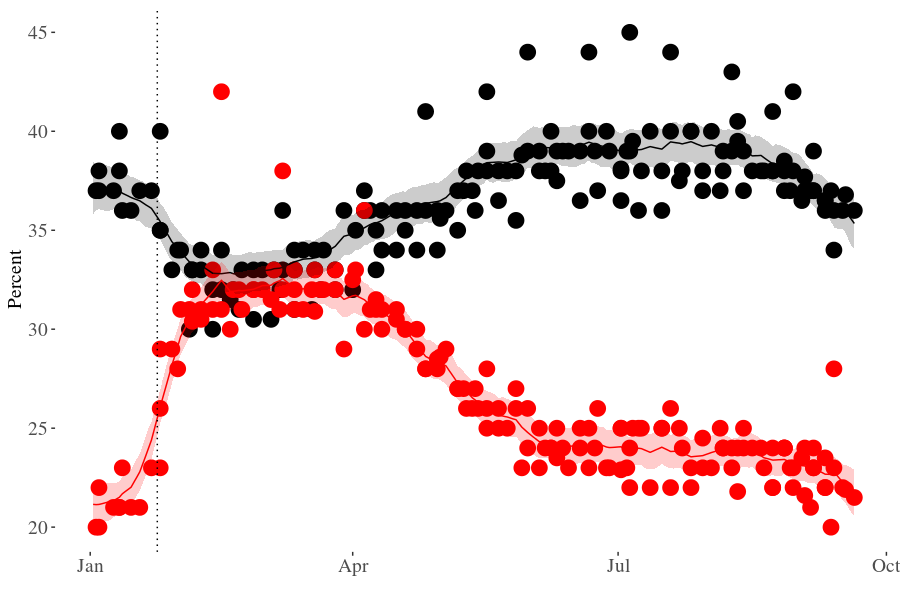
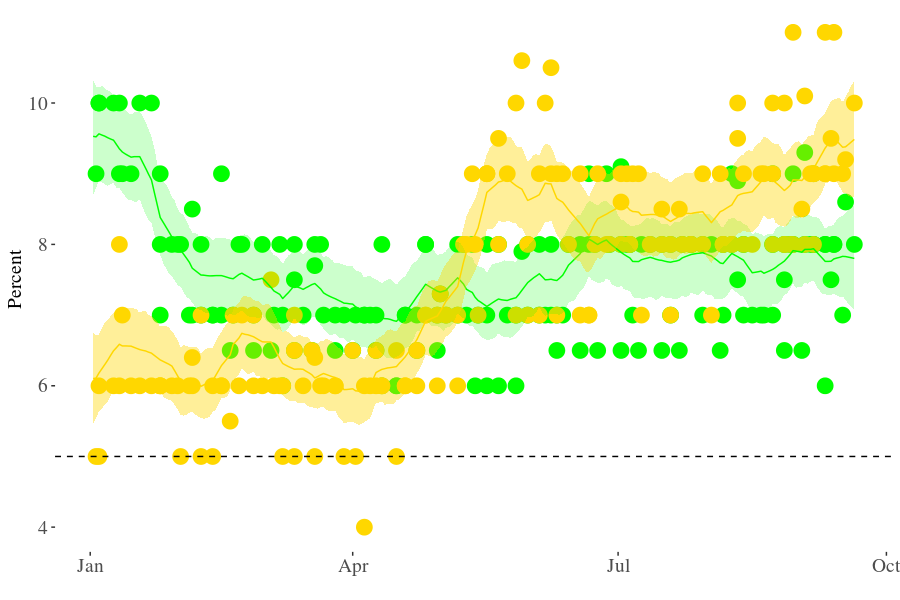
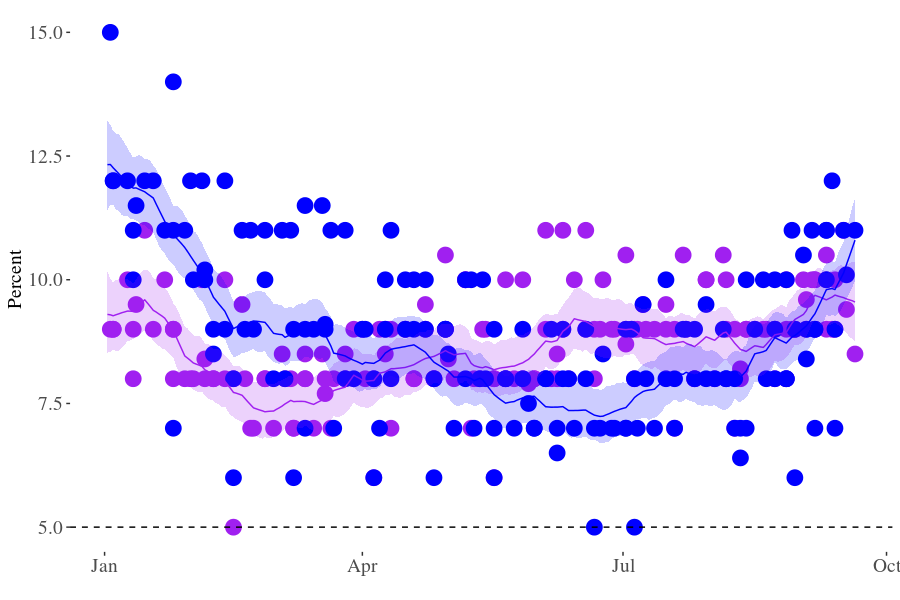
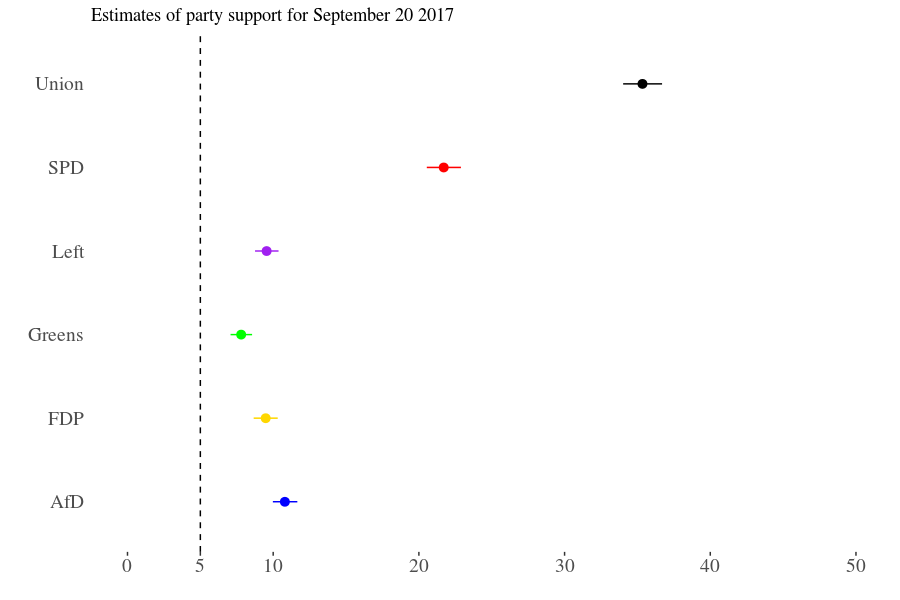
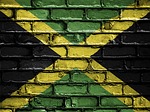

RT @kai_arzheimer: New blog: State of the German polls: It’s the final surveys https://t.co/etllUaiZwQ #BTW17 https://t.co/Hzs1pDFdnY